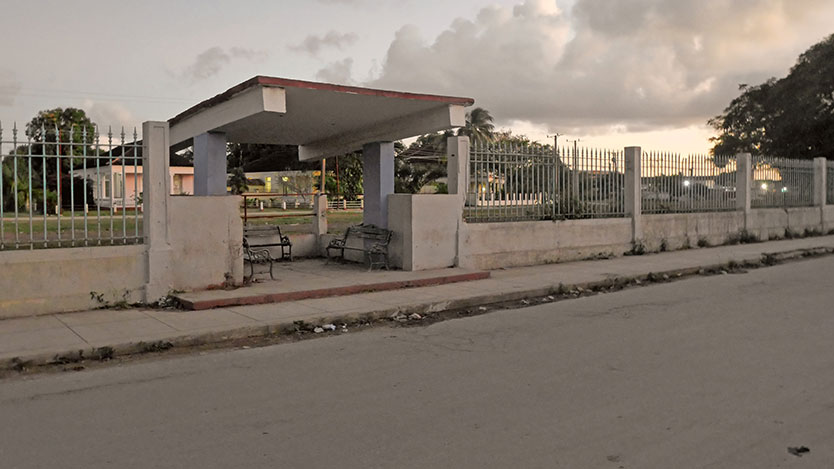During 2022, the buses of the public service of Ciego de Ávila transported 7 700,000 passengers, according to the statistics of the Provincial Transport Company (EPT).

This is a “reversible” number: it seems very large (compared to the total population of the province or to the perceptible availability of urban buses, for example), but it is a third of the initial plan for the year, 21 937 000. In 2023, the goal is to double the first figure, which would mean growth, but without reaching sufficient levels of activity.
All the indicated numbers are confirmation of the deterioration of the indicators of the sector in the last decade. The territory went from moving some 35 million people annually to these seven, and the reduction of one fifth speaks of unsatisfied mobility needs and weakened business performance, even though at the end of last year they could generate profits in the environment of the 100,000 pesos.
Manuel Eduardo Marín Torres, director of the EPT, explained that, both in 2022 and 2023, his company hit and will hit two major problems: low coefficient of technical availability and fuel shortage.
Of a park of 236 buses, barely 90 are currently used and the projections are not to increase that last digit, clarifies the manager. All the entity can do is try to sustain it and stop the departure of other buses from service in order to obtain a greater supply of fuel compared to 2022 —the year in which they received less than 40 percent of the demand in the bus activity—, to be able to fulfill the plan of passengers to be transported.
However, keeping the coefficient of technical availability above 35 percent is a daunting task, because the acquisition of resources is now through private MSMEs, since the Ministry of Transportation scheme does not provide them. As a consequence, the cost of buying tires and batteries for a bus can be four or five times more than the approximately 100,000 pesos of profits that the company generated by way of leasing, freight or cargo. In addition, there are 31 buses in need of these components.
"Public transportation causes losses, it is not sustainable, even though fares have risen lately," Marín Torres stresses, highlighting the challenges of the entity, which must replace the deficits left by one of its main state tasks with other services.
All of the above has a direct impact on the fact that only 84 of the 139 routes in the territory are covered "as it should be" and only during opening and closing times, trips around 8:00 in the morning and 4:00 on the afternoon.
"We are reaching all routes, but not as required by the regulations," says the manager, who also explains that the buses have become route buses, that is, they extend their route, prioritizing students, if it makes way for them, which is not fully compensated to the population. "They are school routes, although that is not our corporate purpose."
The situation is almost identical in the main provincial cities, Morón and Ciego de Ávila. It even contravenes the so-called urban transport service in a certain way, because to be so it should have a higher frequency of trips than the previous one. This amplification will depend, as mentioned before, on the fuel supply.
For now, the Transport Company proposed to implement, first in the main city, an initiative in which the administrative cars of all the entities are obliged to reinforce the opening and closing routes from North to South (from Airport distribution to the José Martí school) and from El Piñacito to the Máximo Gómez Báez University of Ciego de Ávila.
Of the numbers that are not in red, according to Marín Torres, those of the boarding points stand out, 44 in the province, from which some 4 million passengers were transported in 2022, a limited result, however, compared to the stage before the COVID-19 pandemic.
In the midst of all the limitations described, the businessman stressed that the services of transferring patients to their respective medical shifts in provincial hospitals and those who make the transfer to medical care centers in other territories were prioritized and will continue to be prioritized.




